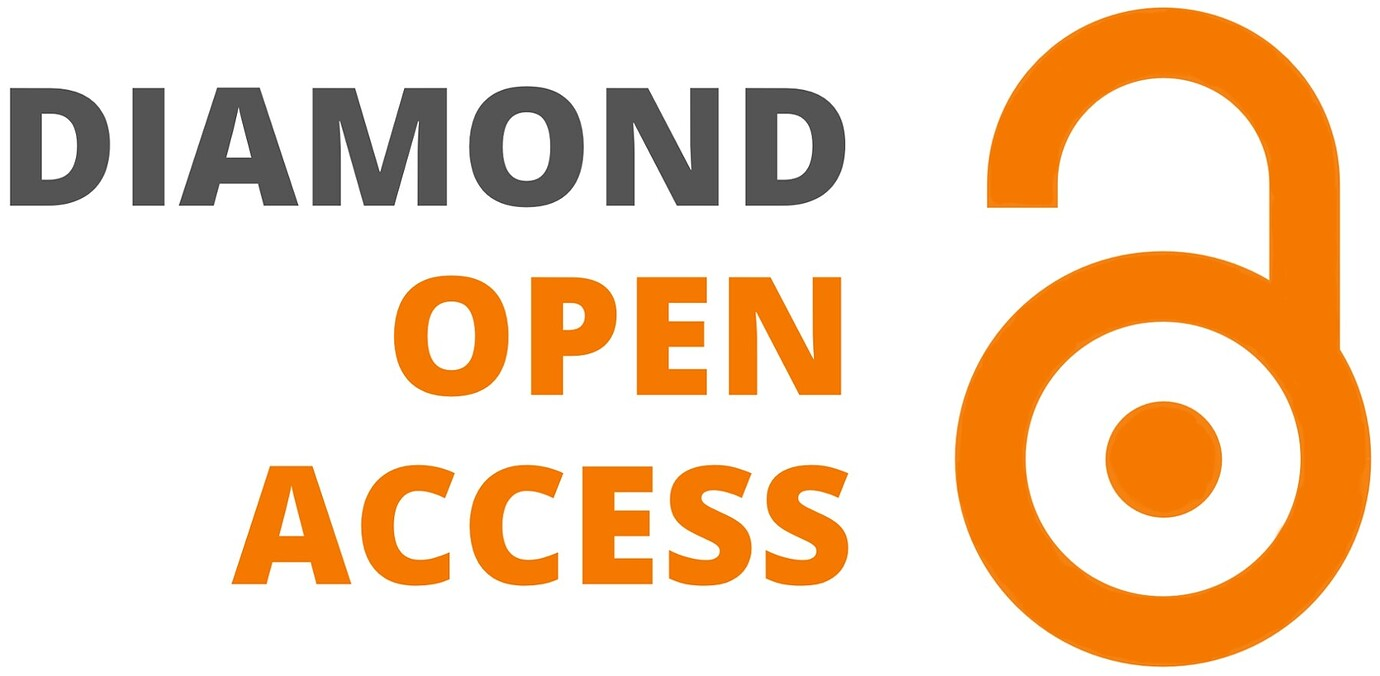Lipreading learning by late deafened adults
Keywords:
Hearing loss, Speech, Perception, Learning, Tests, Lipreading, Late-deafened adults, Vocalic and consonantic visemesAbstract
For impaired-hearing people, the available prosthetic gains remain insufficient in noisy situations. Labial information can compensate at least partially for such perturbations, provided that people benefit for training in lip-reading. But it is necessary to elaborate an objective evaluation of different types of training. While a plentiful literature does exist on lip-reading, few works are available on the specific effect of lip-reading training. Moreover these works concern all the English language and are generally limited to consonants perception. 18 late-deafened French adults with hearing aids underwent a lip-reading training along 15 one-hour sessions. The adopted method focussed on an analytical consonant and vowel decoding (Garric, 1971), according to the classification of movements types (Istria et al., 1982, 1996). Phonemes were also presented in words and in small sentences. The 18 subjects were submitted, before and after training, to a standardized test of logatomes presenting consonants and vowels in varied contexts of coarticulation. Visual, auditory and audiovisual conditions were tested. An average gain of 19.7% was obtained after training. This gain varied according to the different consonantal visemes. But it was homogeneous and important (19%) for all vocalic visemes. This meets recent results which emphasized the importance for elderly people to preserve the identification of vowels for a good perception of the oral speech as a whole, since they also carry consonantal transitions.




